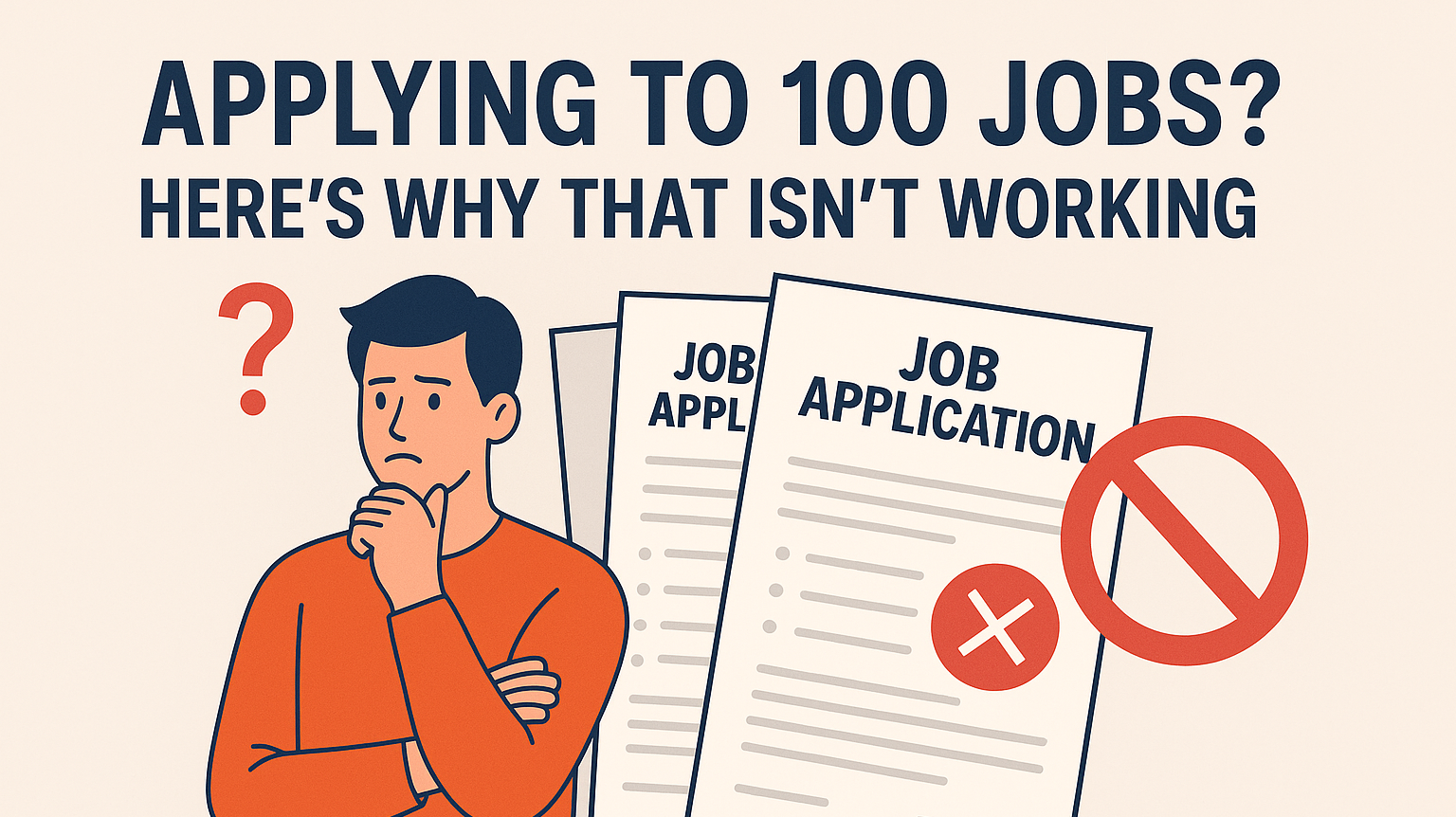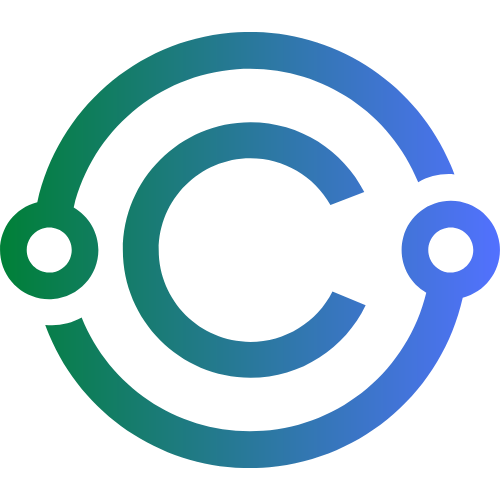Applying to 100 Jobs? Here's Why That Isn’t Working

If you’ve ever thought, “The more jobs I apply to, the better my chances,” you’re not alone. It’s easy to fall into the trap of submitting 50, 100, or even 200 applications—especially when you're feeling stuck or desperate to land something fast.
But here’s the truth: job hunting is not a numbers game—it’s a strategy game.
Sending out endless applications may feel productive, but it often leads to:
- No responses
- Increased burnout
- Missed opportunities
- Wasted time
In this blog, we’ll break down:
- Why mass applying doesn’t work in 2025
- What hiring managers actually want
- How to replace quantity with quality
- A case study of someone who switched strategies and won
- Actionable tools and tactics that get results
Let’s move from scattershot to strategic.
1. The Myth of More Applications = More Interviews
It seems logical: apply to more jobs, increase your odds. But it doesn’t work that way.
Why?
- Applicant Tracking Systems (ATS) filter out generic resumes
- Recruiters can spot “spray and pray” candidates instantly
- Hiring managers want signals of genuine interest, not desperation
In fact, job seekers who customize their applications get 3x more interview invites than those who send mass submissions (Jobvite, 2024).
2. Mass Applying = Burnout and Frustration
It’s emotionally draining to spend hours applying only to get silence.
Symptoms of burnout:
- Checking your inbox obsessively for responses
- Feeling discouraged or resentful about the process
- Losing clarity on what kind of job you want
Quote: “I applied to 120 jobs in two months and only got one interview. I felt like I was shouting into a void.” – Anonymous Redditor (r/jobs)
3. Why You’re Not Hearing Back
If you’re applying to 100+ jobs and getting few (or no) responses, it’s likely due to:
❌ Generic resumes not tailored to job descriptions
❌ Skipping cover letters (or using copy-paste ones)
❌ Not using keywords that match ATS filters
❌ Applying to roles you’re not qualified for
❌ Lack of networking or insider referrals
Read more: Why You’re Not Hearing Back — And How to Fix It
4. What Hiring Managers Are Actually Looking For
✅ Relevant experience and aligned skills
✅ A resume that reflects the job description’s language
✅ A clear reason why you want this job at this company
✅ Confidence without arrogance
✅ Someone who seems thoughtful—not desperate
Pro tip: They’re not just hiring a skill set. They’re hiring someone who fits their culture and values.
5. Quality Over Quantity: What That Looks Like
Instead of applying to 100 jobs:
- Apply to 3–5 highly relevant jobs per day
- Customize resume and cover letter each time
- Spend time researching the company
- Reach out to someone on the team via LinkedIn
This will give you:
- Higher response rate
- More targeted interviews
- Clearer sense of your career direction
Tool: Jobscan – Match your resume to job descriptions automatically.
6. How to Apply Smart, Not Hard
✅ Step 1: Identify 10–15 target companies
✅ Step 2: Set Google Alerts for their hiring or news
✅ Step 3: Follow employees and recruiters on LinkedIn
✅ Step 4: Comment on their posts, share insights
✅ Step 5: Apply when the right role shows up—and mention your connection in your cover letter
Also read: How to Find Jobs Before They’re Advertised
7. Case Study: From 100+ Applications to 3 Offers
Background: Rashid, a junior data analyst in the UAE, applied to over 100 jobs in two months. He got no interviews.
What he changed:
- Narrowed his focus to roles in fintech and SaaS only
- Rewrote his resume to highlight business impact, not just tools
- Applied to 4–5 jobs per week—each with a tailored resume and note
- Started messaging hiring managers politely on LinkedIn
Result:
- 5 interviews within 4 weeks
- 3 job offers by week 6
Quote: “Focusing less on applying and more on connecting changed everything.”
Takeaway: Personalization wins over volume.
8. Tools to Make Strategic Job Search Easier
✅ Teal Job Tracker – Organize and prioritize jobs ✅ Zety Resume Builder – Custom templates with easy editing ✅ Interview Warmup – Practice real-time ✅ Hunter.io – Find company emails for outreach ✅ Grammarly – Ensure professional tone and grammar
9. What to Do Instead of Applying to 100 Jobs
Spend your time like this:
- 30% on researching companies and roles
- 30% on tailored applications
- 20% on networking and outreach
- 10% on interview prep
- 10% on upskilling or portfolio building
Use the 30-Day Job Search Plan to create a structured schedule.
10. Final Thoughts: Focused Job Search = Faster Results
Mass applying might feel productive—but it’s rarely effective. In today’s market, you don’t need to apply everywhere. You need to apply smart.
When you take the time to research, tailor, and connect, you’ll:
- Get more interviews
- Feel less overwhelmed
- Land better-fitting jobs
So pause the frenzy. Pick a few high-potential targets. Show them why you’re the right fit.
Because the job you want isn’t waiting for resume #127. It’s waiting for a resume that feels like it was written just for them.

